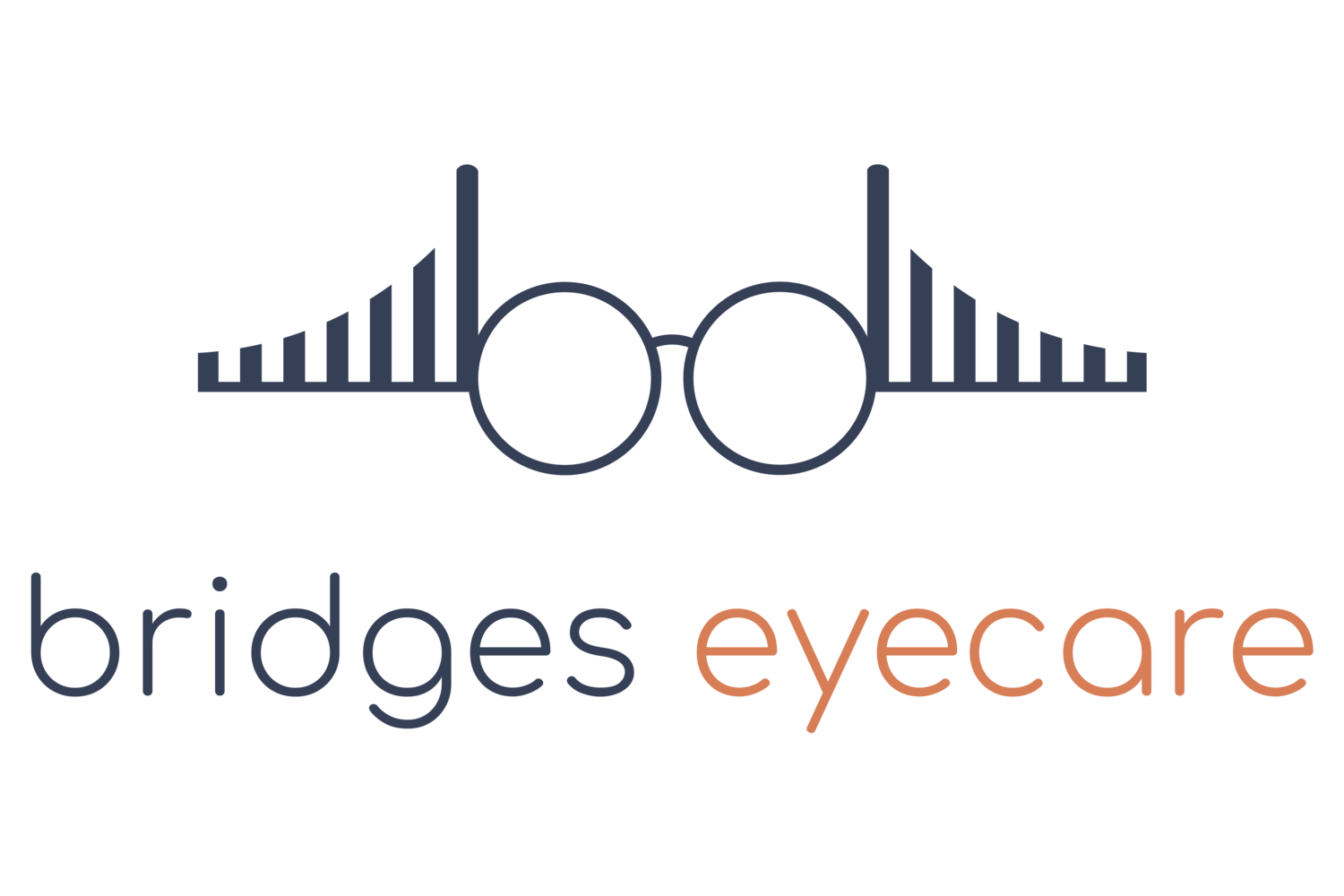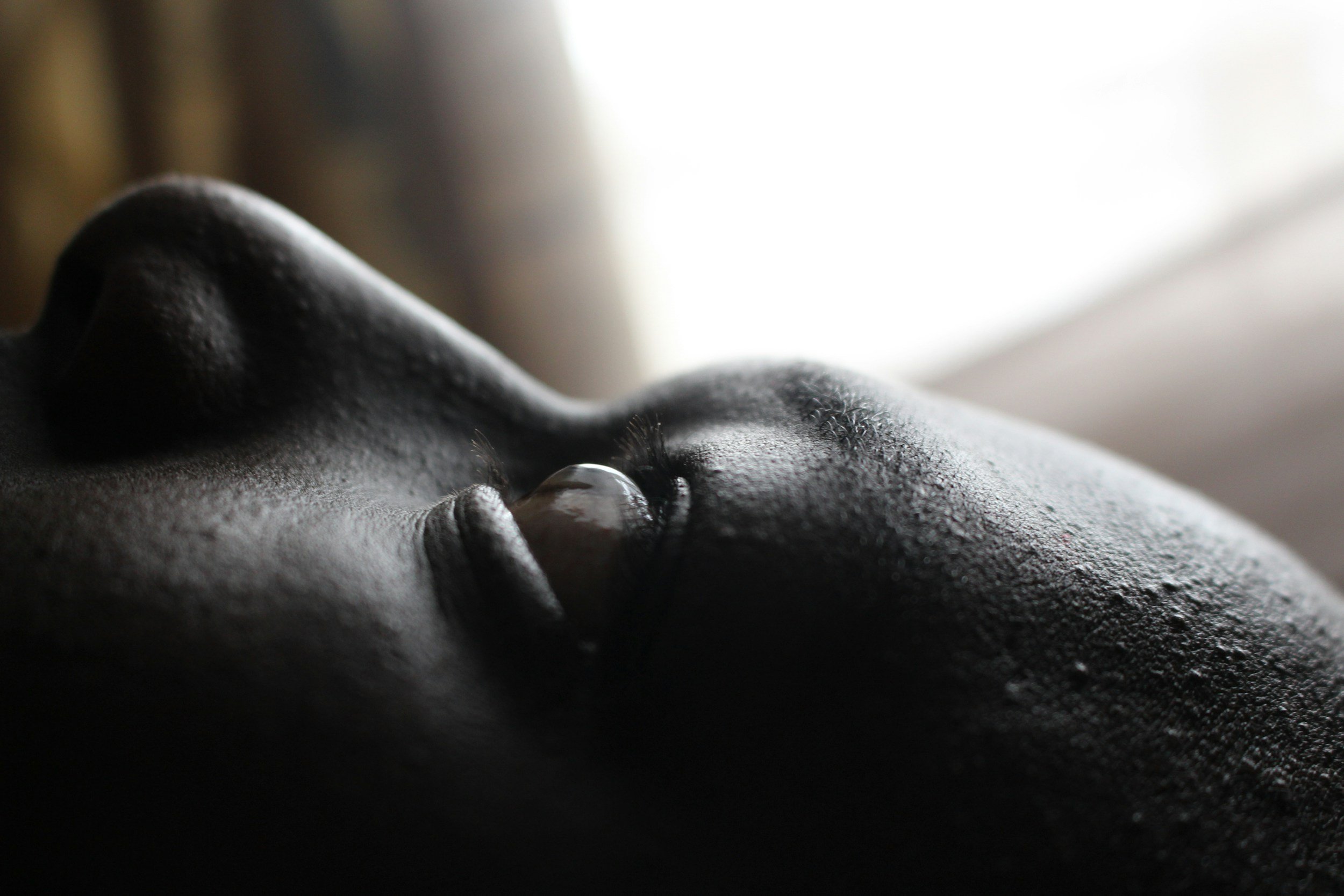A New Lease on Vision: Scleral Lenses for Corneal Ectasia After SMILE Surgery
1. Introduction: The Patient’s Journey
SMILE surgery is an increasingly popular refractive procedure for those seeking freedom from glasses or contact lenses. For many, it’s a game-changer. However, for one patient in Manhattan, things took an unexpected turn. Although the surgery initially offered great results, complications later arose in the form of corneal ectasia—a condition where the cornea thins and begins to bulge and scar. This led to her vision deteriorating, even with glasses and regular contact lenses. With vision limited to 20/150 despite glasses or soft contact lenses, her daily life and work were significantly impacted. Fortunately, her story didn’t end there. She sought help from Dr. Wilzen Lingad, and a solution was found in the form of scleral contact lenses.
2. Understanding Corneal Ectasia
Corneal ectasia is a condition where the cornea, the clear front surface of the eye, becomes weakened and starts to bulge outward, leading to significant vision distortion. This can be a complication following refractive surgeries like LASIK and SMILE, especially when the cornea is left too thin during the procedure.
For this patient, after her SMILE surgery, her vision rapidly worsened, leaving her with a prescription that glasses or regular contacts couldn't improve. With vision reduced to 20/150, even tasks like reading and driving became a challenge, and her overall quality of life suffered.
3. Challenges in Correcting Vision Post-Ectasia
Correcting vision after corneal ectasia is tricky. Traditional glasses and soft contact lenses often fall short because the cornea is no longer smooth, and the shape is too irregular for these types of lenses to provide clear vision.
4. The Scleral Lens Solution
Fortunately, there is a solution for people dealing with corneal ectasia and other irregularities in the cornea: scleral contact lenses. These are large-diameter lenses designed to rest on the sclera (the white part of the eye), not the cornea. Scleral lenses vault over the cornea, creating a smooth surface for light to pass through, correcting irregularities and improving vision.
Scleral lenses are often the best solution for patients with conditions like corneal ectasia, keratoconus, or scarring from injury or infection, and they can also help those with severe dry eye. In this patient’s case, the scleral lens was the key to regaining clear vision.
5. The Fitting Process: Mapping the Cornea
During the fitting, Dr. Lingad used a special instrument called a corneal topographer to measure the patient's corneal shape. This device takes a 3D map of the cornea, similar to a topographical map of mountains you might have seen in school—showing the “highs” and “lows” of the corneal surface. This highly detailed map allows the optometrist to see precisely how the cornea is shaped and where the irregularities lie.
Using the data from the topographer, Dr. Lingad then ordered a custom-made scleral lens tailored specifically to the patient’s eye. Unlike regular contact lenses, scleral lenses are much larger and do not touch the cornea at all. Instead, they rest on the sclera, leaving a small gap between the lens and the cornea. This space is filled with a specially formulated fluid, which creates a brand-new smooth surface for light to travel through, restoring clear vision.
As a result, the patient’s vision was dramatically improved, and she was able to see clearly again—something she hadn’t been able to do since her surgery.
A corneal topographer measured the highs and lows of a corneal surface. A regular cornea has a smooth curve, but a scarred cornea will have many irregularities.
6. The Outcome: A New Lease on Life
Once the scleral lenses were fitted, the patient’s vision improved from 20/150 to 20/30—an enormous difference. With clear, sharp vision, she was able to return to her daily activities with confidence. From reading and commuting to attending work meetings, her quality of life was restored.
The success of scleral lenses in this case highlights just how effective they can be for those suffering from corneal ectasia and other corneal conditions. Whether it's improving vision, reducing discomfort, or restoring functionality, scleral lenses offer hope for many people who struggle with irregular corneas.
7. Scleral Lenses for a Variety of Conditions
At Bridges Eyecare, Dr. Lingad specializes in fitting scleral lenses for a variety of corneal issues, including:
High astigmatism: When the cornea is shaped irregularly, causing blurry or distorted vision.
Keratoconus: A progressive thinning and bulging of the cornea that leads to severe visual distortion.
Corneal scarring: Damage to the cornea from injury, surgery, or infection.
Extreme dry eye: Conditions where the eyes don't produce enough tears, leading to discomfort and blurred vision.
For anyone struggling with these or other eye conditions that affect the cornea, scleral lenses may offer a life-changing solution.
8. Conclusion: The Power of Scleral Lenses
Scleral lenses are an invaluable tool in modern optometry, offering solutions to patients who have difficulty seeing clearly due to corneal ectasia, keratoconus, high astigmatism, and other eye conditions. If you're struggling with vision that can't be corrected with regular glasses or contact lenses, it’s worth consulting an experienced eye care professional about scleral lenses. They could be the key to restoring your vision and improving your overall quality of life, just like they did for this patient.


